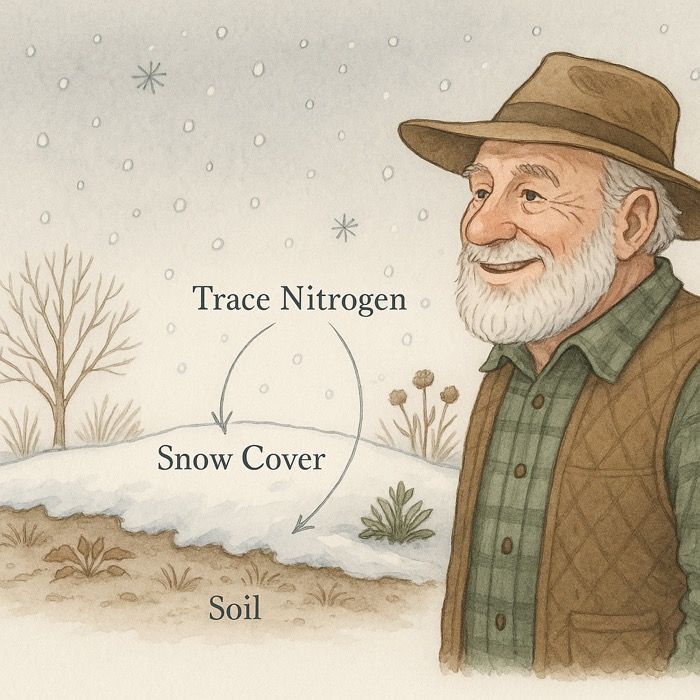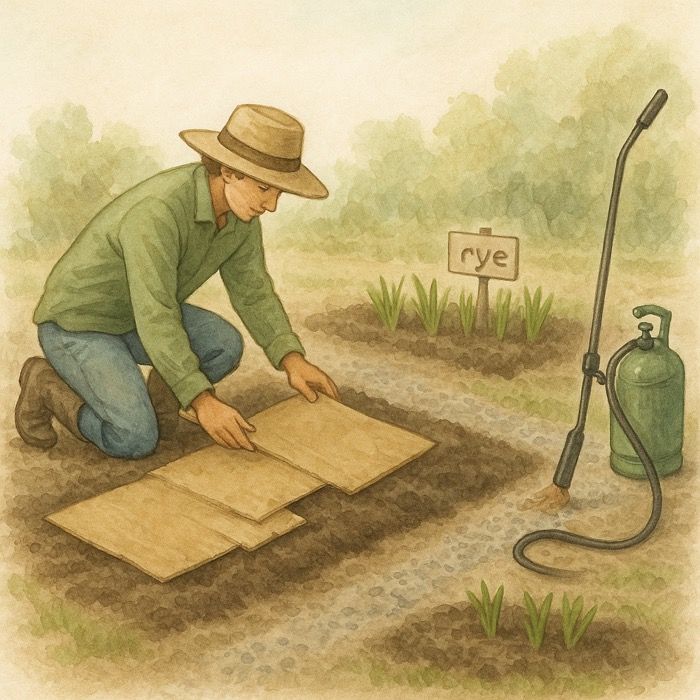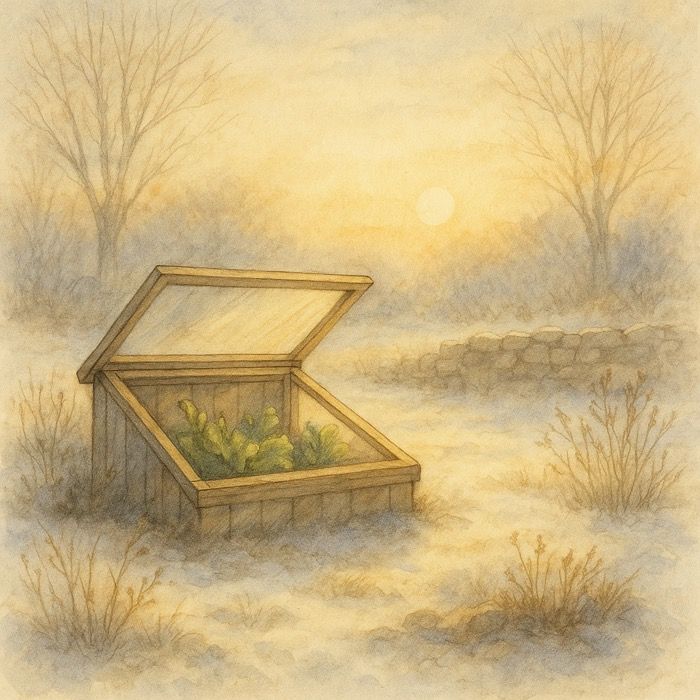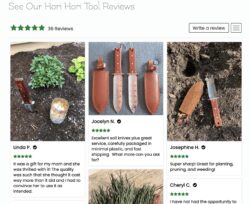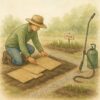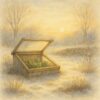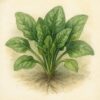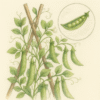Gardening Tips for Beginners: Your Essential Guide to Starting a Thriving Garden
Some great tips for the gardener that is just getting started
Gardening can be one of the most rewarding hobbies you’ll ever take up. There’s something truly special about planting a seed, nurturing it, and watching it grow into a thriving plant. Whether you’re dreaming of a lush vegetable garden, a colorful flower bed, or a simple herb garden, getting started can feel a bit overwhelming. But don’t worry—every seasoned gardener was once a beginner! Here are 10 essential gardening tips for beginners to help you plant the seeds of success.
Start Small and Simple
One of the biggest mistakes new gardeners make is biting off more than they can chew. When you’re just starting, it’s important to keep things manageable. Begin with a small garden plot or even just a few containers on your patio. Choose easy-to-grow plants like tomatoes, lettuce, or herbs. These are forgiving plants that don’t require a lot of maintenance, making them perfect for beginners. Starting small will help you build confidence and experience without feeling overwhelmed.
Choose the Right Location
The location of your garden plays a critical role in the success of your plants. Most vegetables, herbs, and flowers need plenty of sunlight to thrive, so pick a spot in your garden that receives at least 6-8 hours of sun each day. Take the time to observe how sunlight moves across your yard throughout the day to identify the best spot. If you’re working with a shaded area, look for plants that can tolerate low light, such as ferns or hostas.
Test Your Soil
Healthy plants start with healthy soil. Before you start planting, it’s a good idea to test your soil to understand its pH and nutrient levels. You can purchase an inexpensive soil test kit online or at your local garden center, or buy a garden pH meter. Most plants prefer slightly acidic to neutral soil, with a pH of around 6.0 to 7.0. If your soil is too acidic or too alkaline, you may need to amend it with lime or sulfur. Additionally, consider adding organic matter like compost to improve soil structure and fertility.
Learn About Your Planting Zone
Understanding your USDA Plant Hardiness Zone is crucial for selecting plants that will thrive in your area. Your planting zone determines the types of plants that will survive and flourish based on the average minimum winter temperature. Choose plants that are well-suited to your local climate, and pay attention to planting and harvesting times for each type. This knowledge will help you avoid planting too early or too late in the season.
Water Wisely
Watering is one of the most important aspects of gardening, but it can also be one of the trickiest to get right. The key is to water your plants deeply but infrequently. Water early in the morning or late in the evening to minimize evaporation and allow your plants to absorb moisture before the heat of the day. To check if your plants need water, stick your finger about an inch into the soil. If it feels dry, it’s time to water. Overwatering can lead to root rot and other issues, so it’s important to strike a balance.
Mulch for Moisture and Weed Control
Mulching is a simple yet powerful gardening practice that offers multiple benefits. A layer of mulch around your plants helps retain soil moisture, keeps the soil cool, and prevents weeds from taking over. Organic mulches like straw, compost, or wood chips also enrich the soil as they break down, providing your plants with essential nutrients. Apply a 2-3 inch layer of mulch around your plants, making sure to keep it away from the stems to prevent rot.
Be Patient
Gardening is a journey, not a race. Plants take time to grow, and some may not develop as quickly as you’d like. Don’t be discouraged if your garden doesn’t look perfect right away. Regular care and attention will eventually yield results, so be patient and enjoy the process. Remember, every garden is unique, and each season is an opportunity to learn and improve.
Learn to Identify Pests and Diseases
Not all bugs are bad for your garden. In fact, many insects, such as bees and ladybugs, are beneficial and play a vital role in pollination and pest control. However, some pests and diseases can wreak havoc on your plants if not addressed promptly. Take the time to learn about common garden pests and diseases in your area. Regularly inspect your plants for signs of trouble, such as chewed leaves, discolored foliage, or stunted growth. Early detection is key to managing issues before they get out of hand. Use natural remedies or hand-picking methods to keep your garden healthy.
Use the Right Tools
Having the right tools can make a world of difference in your gardening experience. Invest in a few basic, high-quality tools such as a trowel, pruners, a watering can, and a garden fork. Quality tools are easier to work with, more durable, and will make your gardening tasks much more enjoyable. Keep your tools clean and sharp to ensure they last for many seasons. Properly maintained tools also make your work more efficient, reducing strain and effort.
Keep a Garden Journal
As a beginning gardener, you’ll learn a lot from your experiences, both good and bad. Keeping a garden journal is an excellent way to document your gardening journey. Record what you plant, when you plant it, and how it performs throughout the season. Note any challenges you face, such as pest problems or unexpected weather conditions, and how you address them. Over time, your garden journal will become a valuable resource for planning future gardens, helping you make informed decisions and avoid repeating past mistakes.
Final Thoughts
Starting a garden is an exciting adventure that brings joy, beauty, and delicious harvests into your life. By following these gardening tips for beginners, you’ll set yourself up for success and build a solid foundation for your gardening skills. Remember, gardening is a lifelong learning experience, so don’t be afraid to experiment, try new things, and embrace the process. Happy gardening! These tips will help you not only get started but also thrive as you embark on your gardening journey. With patience, care, and a bit of knowledge, you’ll soon enjoy the fruits of your labor—literally!
FAQ: Top Beginner Gardener Questions
Q1: How do I start a garden from scratch?
A: Starting a garden begins with choosing the right location. Find a spot that receives at least 6-8 hours of sunlight daily. Next, decide what you want to grow—vegetables, herbs, flowers, or a mix. Prepare the soil by removing weeds and adding compost to enrich it. Then, plant your seeds or seedlings, water them well, and keep an eye on them as they grow.
Q2: What are the easiest vegetables to grow for beginners?
A: Some of the easiest vegetables to grow include tomatoes, lettuce, radishes, and carrots. These vegetables require minimal care and can grow in a variety of soil types. Start with seeds or young plants and follow basic watering and sunlight guidelines.
Q3: How often should I water my plants?
A: Watering needs vary depending on the type of plant, the weather, and the soil. A good rule of thumb is to water deeply once or twice a week, rather than lightly every day. Check the soil moisture by sticking your finger about an inch into the soil—if it’s dry, it’s time to water.
Q4: How do I know if my plants are getting enough sunlight?
A: Most garden plants need at least 6-8 hours of sunlight daily. If your plants are growing tall and spindly or if they have pale leaves, they may not be getting enough light. Consider moving them to a sunnier spot or trimming nearby branches to allow more light through.
Q5: What should I do about pests in my garden?
A: Pests can be managed by keeping your garden clean and healthy. Remove any dead leaves or debris where pests may hide. Consider using natural pest control methods, such as introducing beneficial insects like ladybugs or using homemade sprays with ingredients like garlic or neem oil.
Q6: When is the best time to plant my garden?
A: The best time to plant depends on your climate and the type of plants. Generally, you should plant after the last frost in the spring. Check your local frost dates and choose plants suited to your growing season. Some cool-season crops can be planted in early spring or fall, while warm-season crops thrive in late spring and summer.
Q7: How can I improve the soil in my garden?
A: Soil health is key to a successful garden. Improve your soil by adding organic matter like compost, which enhances fertility and structure. Regularly test your soil to check pH levels and nutrient content, and adjust as needed with lime, sulfur, or specific fertilizers.
Q8: What tools do I need to start gardening?
A: Basic gardening tools include a trowel, a hoe, a watering can or hose, pruning shears, and gloves. These tools will help you plant, weed, water, and maintain your garden. As you gain experience, you may find other tools useful, but starting with the basics is often enough.
Q9: How can I prevent weeds in my garden?
A: Prevent weeds by laying down a thick layer of mulch around your plants. Mulch helps block sunlight, which weeds need to grow, and it also retains soil moisture. Regularly pull any weeds that do appear before they can spread.
Q10: How do I fertilize my garden?
A: Fertilize your garden by first understanding your soil’s needs through testing. Use compost or a balanced organic fertilizer to add nutrients. Apply fertilizers according to the plant’s growth stages—more nitrogen during leafy growth and more phosphorus during flowering and fruiting stages. Always follow the instructions on the fertilizer package to avoid over-fertilizing.
More From Our Master Gardener
Recent Posts

❄️ Snow as Fertilizer – The Truth About “Poor Man’s Nitrogen”

5 Unexpected Winter Weed Control Strategies (That Don’t Involve Mulch)

Harnessing Winter Sun – Passive Solar Tricks for Your Garden

How to Grow Spinach – The Ultimate Beginner’s Guide for Tender, Nutritious Leaves

How to Grow Peas: The Ultimate Beginner’s Guide for Sweet, Crisp Harvests



